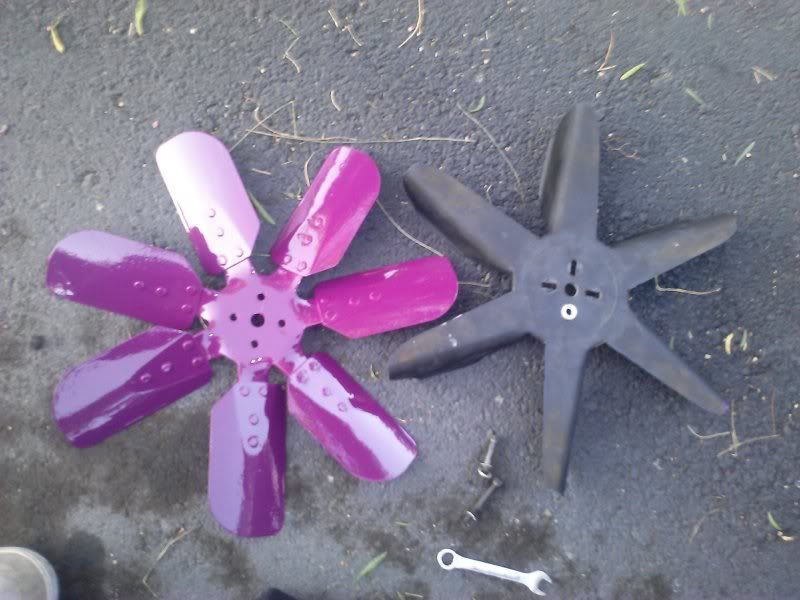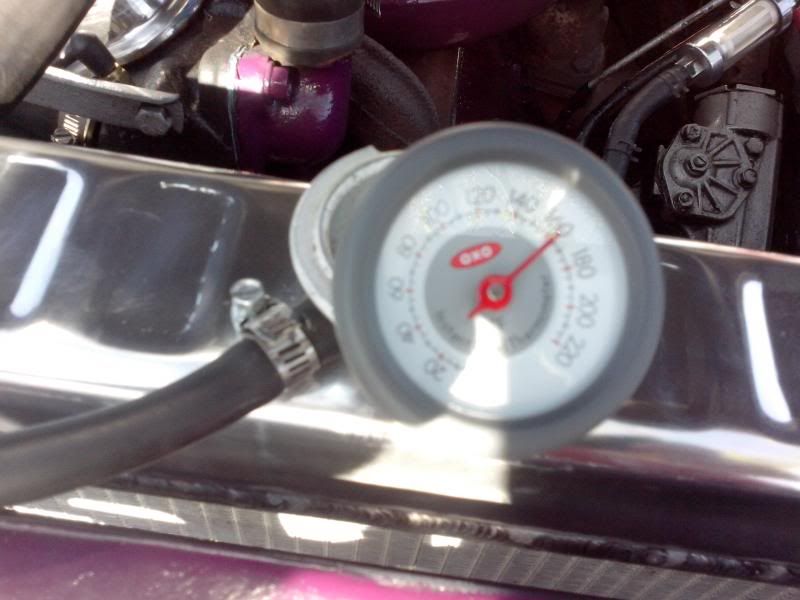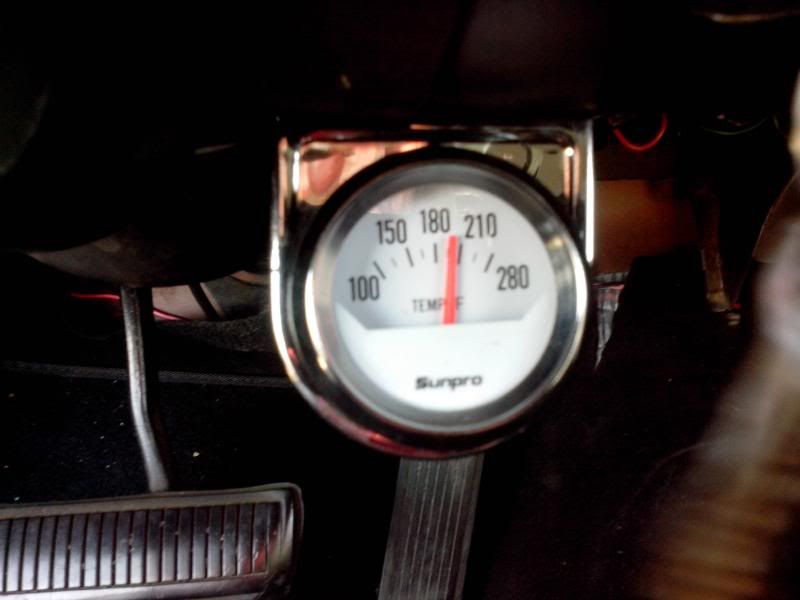Quote:
Presumably, when you say "once stopped", you mean stopped rolling but engine idling. Does the temperature still drop to near 190°F at idle after being on the freeway?
Yes, that's exactly what I mean. I would either pull over to the shoulder and stop at idle, or slow down off an offramp. Both yielded the same results which were the car cooling down to 180-190, and the results were almost instant. After a lot of thought and trial and error, I thought the alternator was to blame, as somehow it charging made the temperature higher on the gauge. I thought this because if the idle was low enough, and you hit the blinker, the gauge would tick with the blinker. Back and forth at the same beat. It would go left to 180 and click right to 210. Back and forth, back and forth. I could never determine if that was the issue. Quote:
You should have more than enough cooling capacity in your radiator and your thermostat should not need to be fully open (ie, 20°F above its rated temperature) on the highway, especially in mid-March.
I completely agree. I figured with a larger surface area, it would be cooler, which is odd. With the new radiator, the temperature is consistant on the freeway at 210. Before it would idle and drive around in town a 180-190, then spike to 210, then go way past that if I let it, which I did not on purpose. Now in town, it's 210, on the freeway, it's 210, going 65 it's 210, going 80 - it's 210. It fluctuates above and below but negligibly. The car does warmup to that temp so I know the gauge is not "stuck" Quote:
Is it possible that your fan is installed backwards?
I guess it's possible. I have a 7 blade stock (not stock on this car) fan. The rounded side of the fan points to the radiator, and it blows air on the motor. I had a plastic fan the original owner had on there before installed the same way, so I guess it's possible it was wrong both times, but I always assumed the fans installed only one way. The old plastic one had a flat part, and a part that sank back towards the fan spacer. I'll get a picture of it if I can. Luckily I take pictures of everything, so here's both fans. The plastic one shredded apart after time. I think it was a $10 ebay fan,and the o.o. chucked the 4 blade that was on there. In the pic, both fans are pointing towards us. The top is facing the radiator, as installed on the car. They were both installed this way- Is that backwards?

I always assumed the palm part of it pointed towards the engine.

